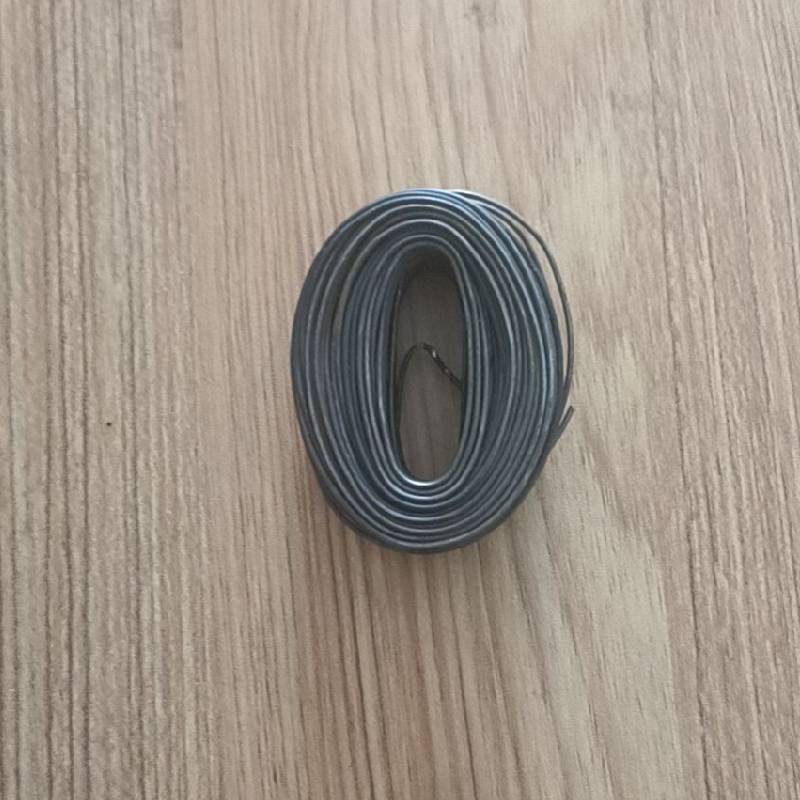
- Mobile Phone
- +8613931874955
- sales@cntcmetal.com
Discover the Best Wire Options for Your Jewelry Making Projects and Creative Designs
Buying Wire for Jewelry Making A Complete Guide
When it comes to jewelry making, one of the most essential materials you'll need is wire. The right wire can make all the difference in your creations, from the structural integrity of a piece to the aesthetic appeal. Whether you’re a seasoned jewelry maker or a beginner, understanding the types of wire available and how to choose the best one for your projects is crucial.
Types of Wire
1. Gauge Wire comes in different gauges, which determine its thickness. The American Wire Gauge (AWG) system is commonly used in jewelry making. A higher gauge number means a thinner wire. For most jewelry applications, a wire gauge between 20 and 24 is ideal. Thicker wire, like 18 gauge, is often used for making clasps or frames, while thinner wire can be used for delicate wrapping and detailing.
2. Material The choice of wire material can significantly affect the look and durability of your jewelry. Common materials include - Sterling Silver A popular choice for its beauty and malleability. However, sterling silver can tarnish over time. - Gold-Filled Offers a layer of gold over a base metal, giving the appearance of solid gold without the high price tag. - Copper Affordable and easy to work with, copper can create rustic and bohemian styles but may tarnish quickly. - Aluminum Lightweight and available in a rainbow of colors, aluminum wire is great for beginners and can add a modern touch to designs.
3. Coated Wire Some wires come with a coating, such as enamel or nylon, which can add color and a protective layer. Coated wires are great for projects that may come into contact with skin, as they reduce the risk of metal allergies.
How to Choose the Right Wire
When selecting wire for your jewelry projects, consider the following factors
buy wire for jewelry making

1. Project Type Assess what you are making. Is it a simple bracelet, intricate earrings, or a statement piece? Different projects may require different gauges and materials.
2. Durability If you’re making pieces for everyday wear, aim for strong materials like gold-filled or sterling silver. For occasional or fashion pieces, you can choose softer materials.
3. Compatibility with Other Materials Think about the beads or stones you will be using. Certain wires may clash or not hold heavier components well. Ensure the wire can support the weight of your other materials.
4. Finishing and Aesthetics The wire's finish can enhance your design. Smooth, shiny wires can add elegance, while oxidized or colored wires can contribute to a more artistic or vintage look.
Where to Buy Wire
Jewelry wire can be found at craft stores, specialized jewelry supply shops, and online retailers. When buying wire, make sure to investigate the reputation of the seller, especially if purchasing online. Read reviews and consider the return policy in case the wire does not meet your expectations. Buying in bulk may offer savings, while smaller spools can help you experiment with different types without a significant commitment.
Conclusion
Buying wire for jewelry making is not just adding a material to your toolkit; it’s a step towards creating beautiful and unique pieces that resonate with your style and craftsmanship. By understanding the different types of wire, their intended uses, and how to make informed choices based on your projects, you will set yourself up for jewelry-making success. Happy crafting!
share:
-
Your Source for Concrete Wall Ties and Masonry AccessoriesNewsJul.10,2025
-
Unlocking the Power of Iron Wire for Every ProjectNewsJul.10,2025
-
Explore Advanced Chain Wire and Stainless Steel Mesh FencingNewsJul.10,2025
-
Discover the Benefits of Annealed Wire ProductsNewsJul.10,2025
-
Discover China Stainless Steel Wire Mesh SolutionsNewsJul.10,2025
-
Build with Confidence Using High-Performance Masonry AccessoriesNewsJul.10,2025
-
Why Sacrificial Formwork Is Redefining Underground ConstructionNewsJun.06,2025



















